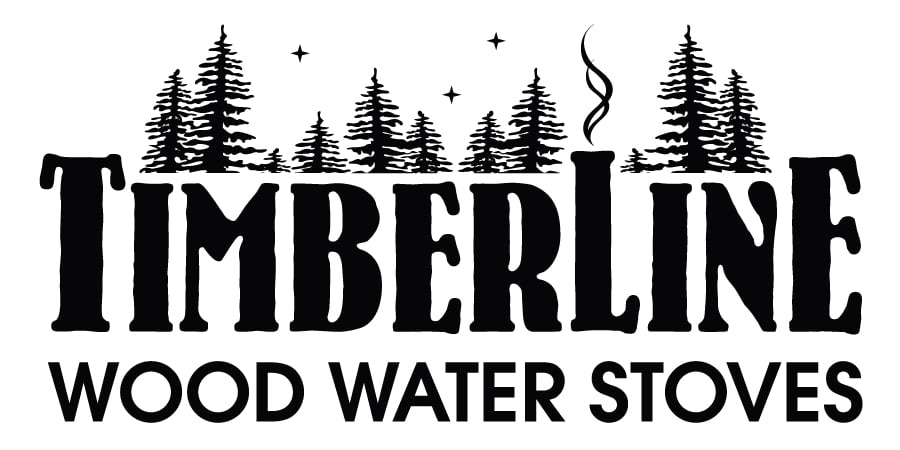Installing a Sauna Heater
Installing a Sauna Heater
 An electric sauna heater is the most popular method of heating a sauna room. A sauna can have several different types of heating sources: infrared, wood, gas, and electricity. The electric sauna heater is the most convenient and can be the safest if it is installed correctly. The electric sauna heater works by radiating heat and warming a bed (typically with rocks on it) to which water can be added. The sauna heater generates steam, which creates latent heat, moisture, and ambiance that is typically found in a sauna. There are several considerations to be kept in mind before selecting this as the heating method for your sauna.
An electric sauna heater is the most popular method of heating a sauna room. A sauna can have several different types of heating sources: infrared, wood, gas, and electricity. The electric sauna heater is the most convenient and can be the safest if it is installed correctly. The electric sauna heater works by radiating heat and warming a bed (typically with rocks on it) to which water can be added. The sauna heater generates steam, which creates latent heat, moisture, and ambiance that is typically found in a sauna. There are several considerations to be kept in mind before selecting this as the heating method for your sauna.
Building Codes
International building code regulate what types of sauna heaters can be used in specific circumstances. Local building codes can be even more specific and even more limiting than international building codes. Make sure before you plan and purchase your sauna package and heater that it meets all building codes that are involved. Make sure that you consult with a professional, licensed electrician before installing a sauna heater if you have any doubts about the wiring or electrical supply. In some cases, only a licensed electrician can install the sauna heater, so check before installation.
Wattage
You will want to make sure that you purchase a heater that will not only be powerful enough to heat the space of your sauna, but you will also want to make sure that it will work with your existing electrical system. Most circuits on an existing house electrical panel are 110-120 volts. You most likely will need to install specific wiring and breakers delivering 220-240 volts for your sauna heater. In all cases the sauna will need its own dedicated circuit to be installed.
Different Heaters
Before purchasing your heater, make sure that it is the right one for your sauna. How easy is it to control the heat output? Is it safe? And will it be powerful enough to heat the sized sauna that you have, or will it be too powerful? All of these are important factors to consider. If you have an outdoor sauna, does it even have electricity available? What will it cost to run power to the sauna if not, and is it in the budget to do so? In some cases, a wood fired sauna heater may make the most sense in an out door sauna.
Special Considerations
Common sense will tell you that a sauna is a wet environment and moisture and electricity do not make the best of friends. You will want to make sure that above all, the sauna is safe to use. You will need to take extra care to protect electrical components from moisture and wetness. While the actual heating unit will have several safety features built in, it is up to you, or the contractor that you hire, to ensure that the wiring that supplies power and any connections are carefully protected from exposure to water. Make sure that the heater that you purchase is UL/CSA certified, and that you know what you are doing if you are doing the installation, or that the contractor that you hire is knowledgeable about sauna installation as they are unique.
Clearance Distances
Every sauna manufacture will have required clearance restrictions built on the labeling or in the instructions. This is a requirement to be a certified sauna stove. Follow these requirements very closely as to avoid any liabilities. These clearances are different for each size of sauna and each manufacture so be sure to be clear on the measurements before you install your sauna.
See example











